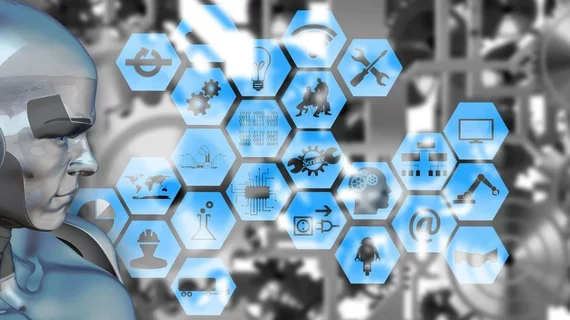6 features of the ideal healthcare artificial intelligence algorithm
Providers are increasingly relying on artificial intelligence (AI) and other digital tools to make crucial healthcare decisions and a new checklist outlines the key features ideal algorithms should incorporate.
Tyler J. Loftus, MD, with the University of Florida Health’s Department of Surgery and colleagues, outlined their six important characteristics in an opinion piece published Jan. 18 in PLOS Digital Health.
“Patients and clinicians face shared clinical decision-making tasks while under time constraints and high cognitive loads from high volumes of information,” the authors explained. “To this end, we propose a framework for ideal algorithms consisting of six desired data,” they added later.
In order for an algorithm to operate clinically, they must be:
1. Explainable: Many algorithms are unable to "show their work," commonly known as the black box problem. But quality tools must clarify the traits of a patient and their medical condition while making a diagnosis. Separating association from causation is also crucial.
2. Dynamic: Digital tools should capture and adjust to patients in real-time. For example, intracranial and cerebral perfusion pressure can shift quickly after a head injury, not recognizing these changes can prove deadly.
3. Precise: The average person generates more than 1 million gigabytes of healthcare data during their lifetime or nearly 300 million books, the authors noted. Algorithms must utilize and distill this information to diagnose complex diseases and changing conditions.
4. Autonomous: After training and testing periods, AI should be able to learn and offer results with little input from providers or developers.
5. Fair: Implicit bias and social inequities must be accounted for. Prior to including demographic or socioeconomic factors into a prediction model, developers must determine whether that factor has a proven association with a clinical outcome.
6. Reproducible: These tools are validated externally and prospectively, and shared among multiple academic communities and institutions. Federated learning uses a decentralized, online infrastructure to train algorithms and presents a good opportunity for developing reproducible tools.
Related AI content:
VIDEO: Getting cardiologist buy-in on artificial intelligence
How machine learning models can predict if patients will show up for appointments
AI-based system affords physicians more flexible schedules, minimizes burnout triggers
AI-based mammo screening protocol reduces radiologist workload by 62%
Explainable AI model accurately auto-labels chest X-rays from open access datasets
6 features of the ideal healthcare artificial intelligence algorithm

